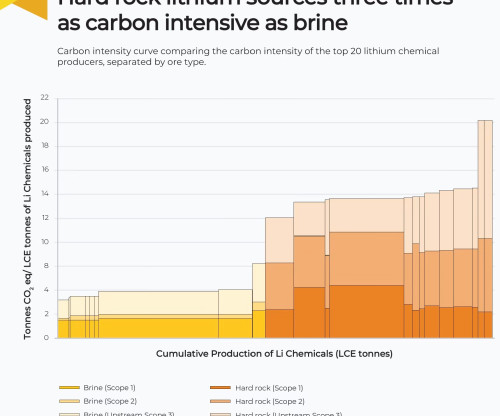PNNL, NETL and Chinese Academy Begin Cooperative Work on Coal Conversion, Emissions Capture and Carbon Storage
Green Car Congress
JULY 15, 2010
Researchers from the Department of Energy’s Pacific Northwest National Laboratory (PNNL), the National Energy Technology Laboratory (NETL) and the Chinese Academy of Sciences (CAS) have formed the Clean Energy Partnership to accelerate the development and deployment of coal conversion, emissions capture and carbon storage technologies.

















Let's personalize your content